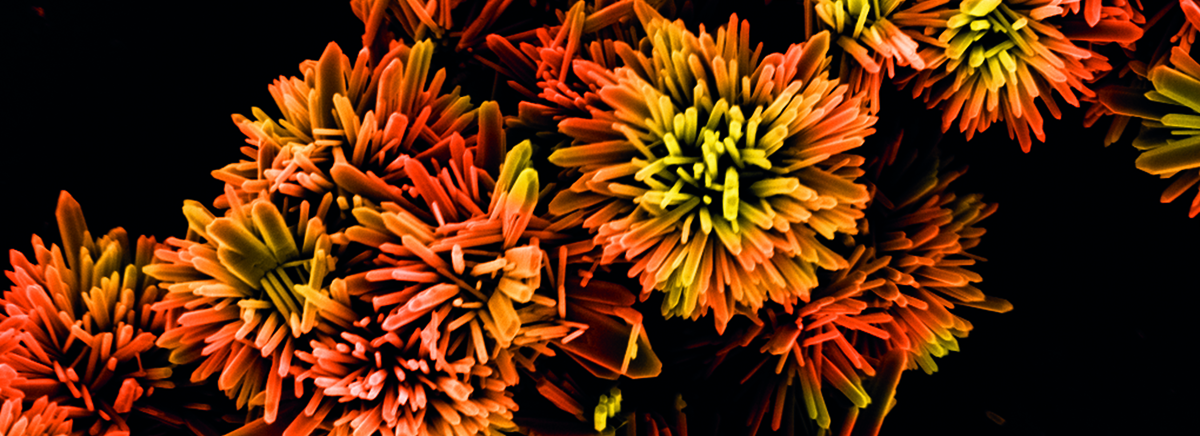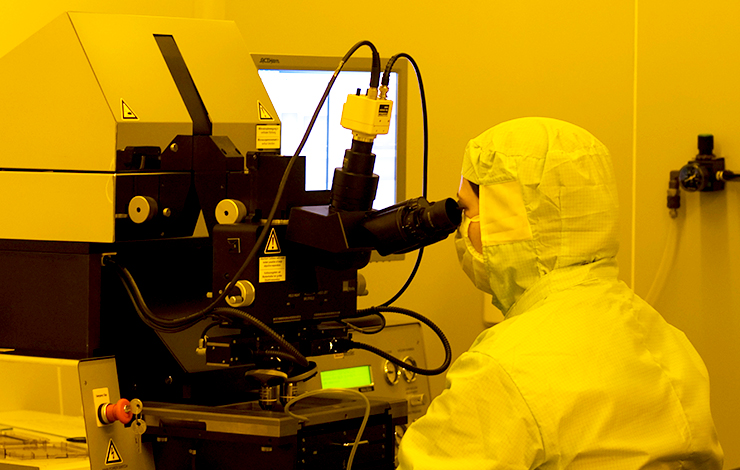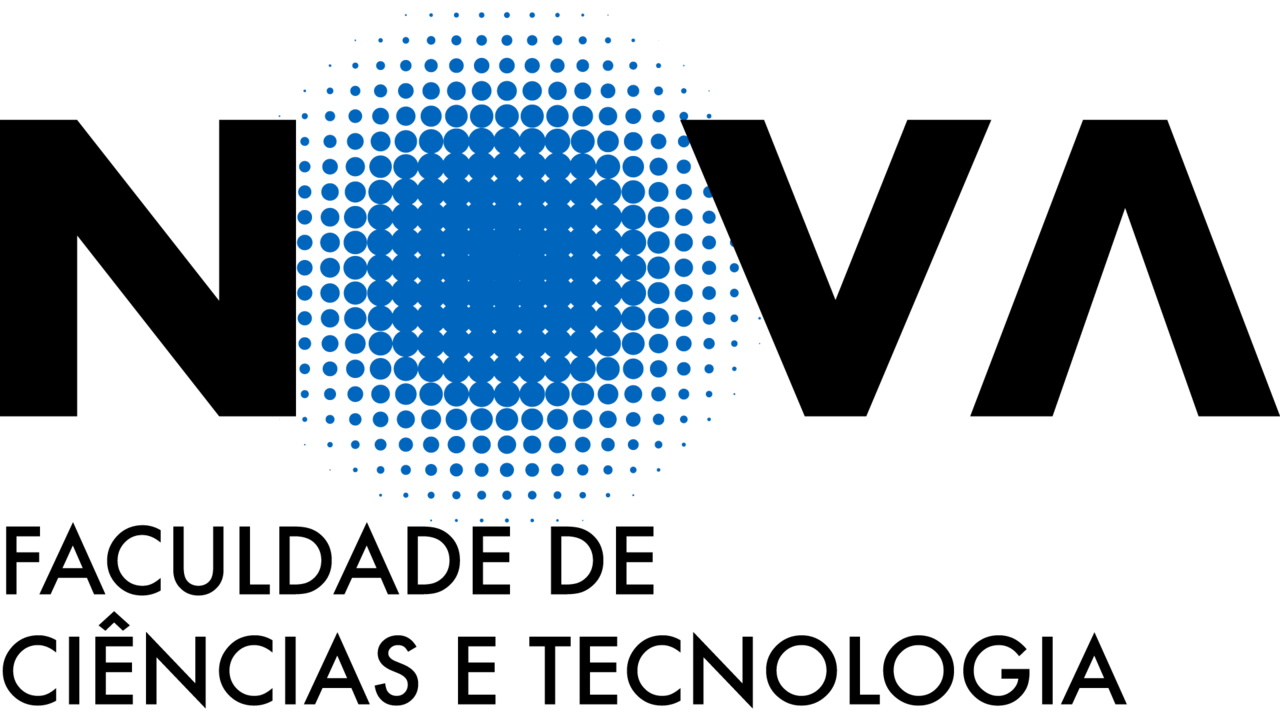
Design of optimized wave-optical spheroidal nanostructures for photonic-enhanced solar cells
| Title | Design of optimized wave-optical spheroidal nanostructures for photonic-enhanced solar cells |
| Publication Type | Journal Article |
| Year of Publication | 2016 |
| Authors | Mendes MJ, Araújo A, Vicente A, Águas H, Ferreira I, Fortunato E, Martins R |
| Journal | Nano Energy |
| Volume | 26 |
| Pagination | 286-296 |
| ISSN | 22112855 |
| Keywords | Dielectric materials, Dielectric scatterers, Light, Light-trapping, Multi-parameter optimizations, Nanophotonics, Nanostructured materials, Nanostructures, Photocurrent enhancement, Photonic nanostructures, Photovoltaics, Silicon solar cells, Solar cells, Solar power generation, Structural design, Thin film photovoltaics, Thin film solar cells, Thin films, Wave optics |
| Abstract | The interaction of light with wavelength-sized photonic nanostructures is highly promising for light management applied to thin-film photovoltaics. Several light trapping effects come into play in the wave optics regime of such structures that crucially depend on the parameters of the photonic and absorbing elements. Thus, multi-parameter optimizations employing exact numerical models, as performed in this work, are essential to determine the maximum photocurrent enhancement that can be produced in solar cells.Generalized spheroidal geometries and high-index dielectric materials are considered here to model the design of the optical elements providing broadband absorption enhancement in planar silicon solar cells. The physical mechanisms responsible for such enhancement are schematized in a spectral diagram, providing a deeper understanding of the advantageous characteristics of the optimized geometries. The best structures, composed of TiO2 half-spheroids patterned on the cells' top surface, yield two times higher photocurrent (up to 32.5 mA/cm2 in 1.5 μm thick silicon layer) than the same devices without photonic schemes.These results set the state-of-the-art closer to the theoretical Lambertian limit. In addition, the considered light trapping designs are not affected by the traditional compromise between absorption enhancement versus current degradation by recombination, which is a key technological advantage. © 2016 Elsevier Ltd. |
| URL | https://www.scopus.com/inward/record.uri?eid=2-s2.0-84973459206&doi=10.1016%2fj.nanoen.2016.05.038&partnerID=40&md5=90825a97b6cd5147f48f4b479b58aced |
| DOI | 10.1016/j.nanoen.2016.05.038 |








